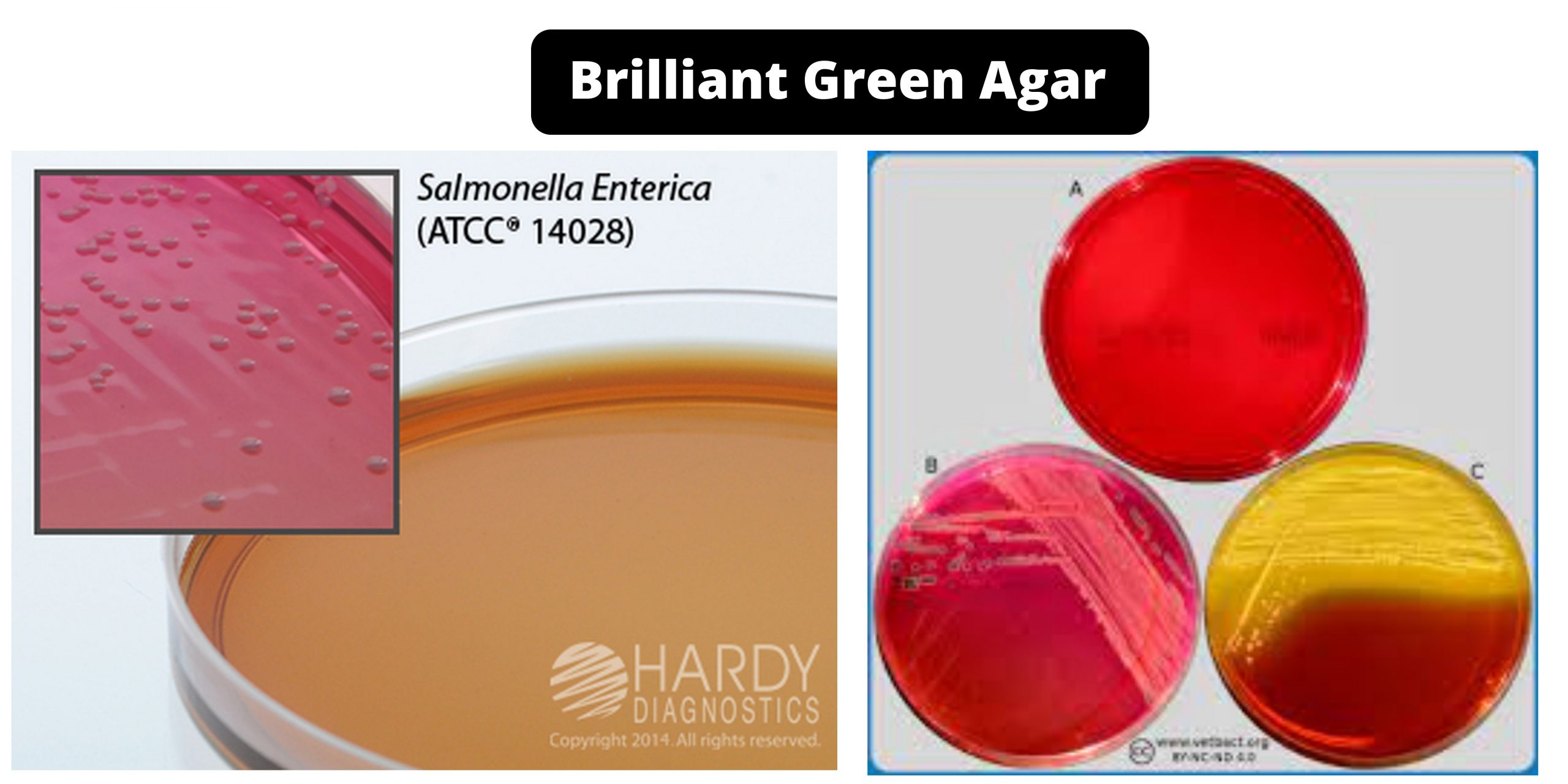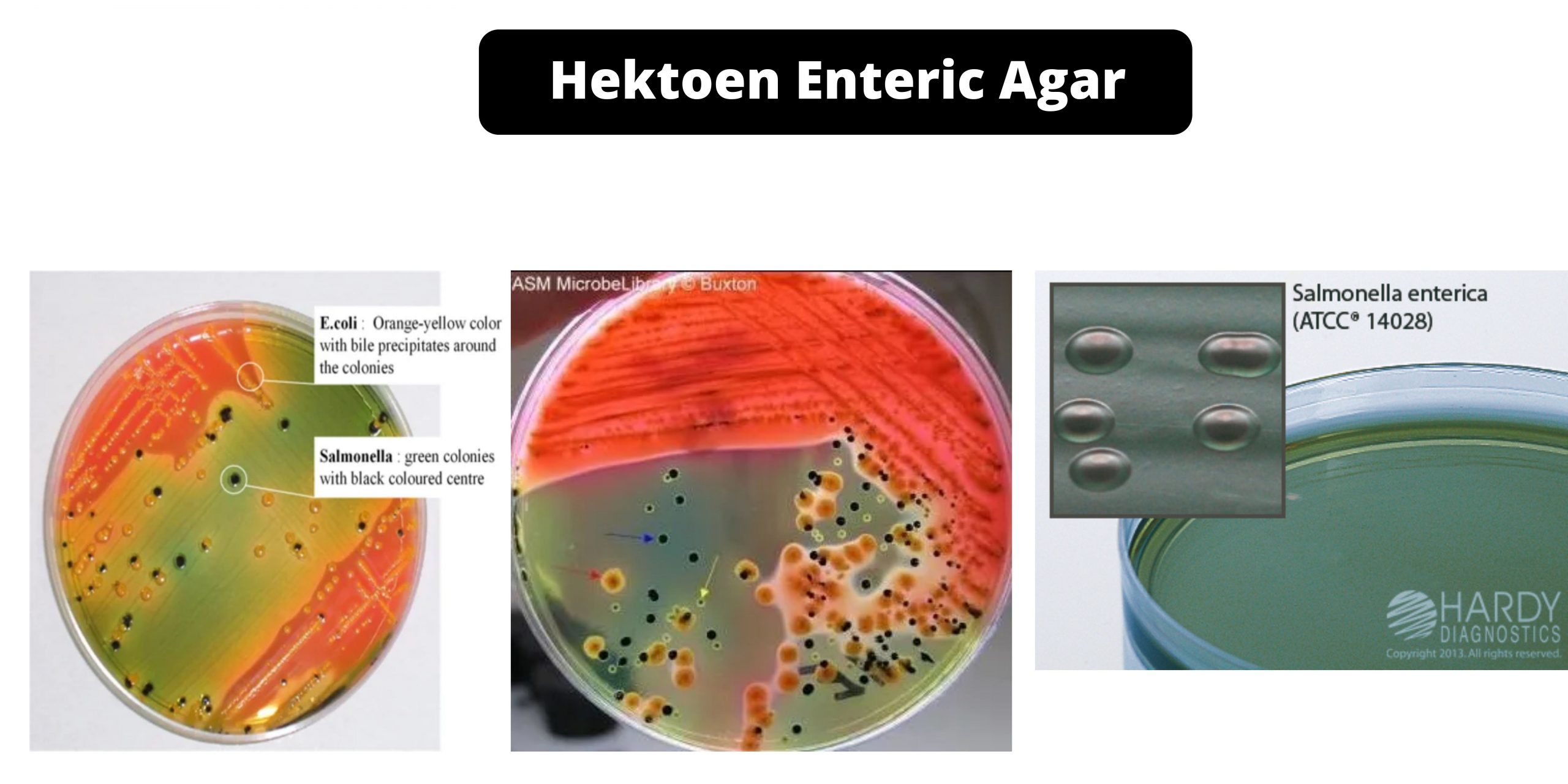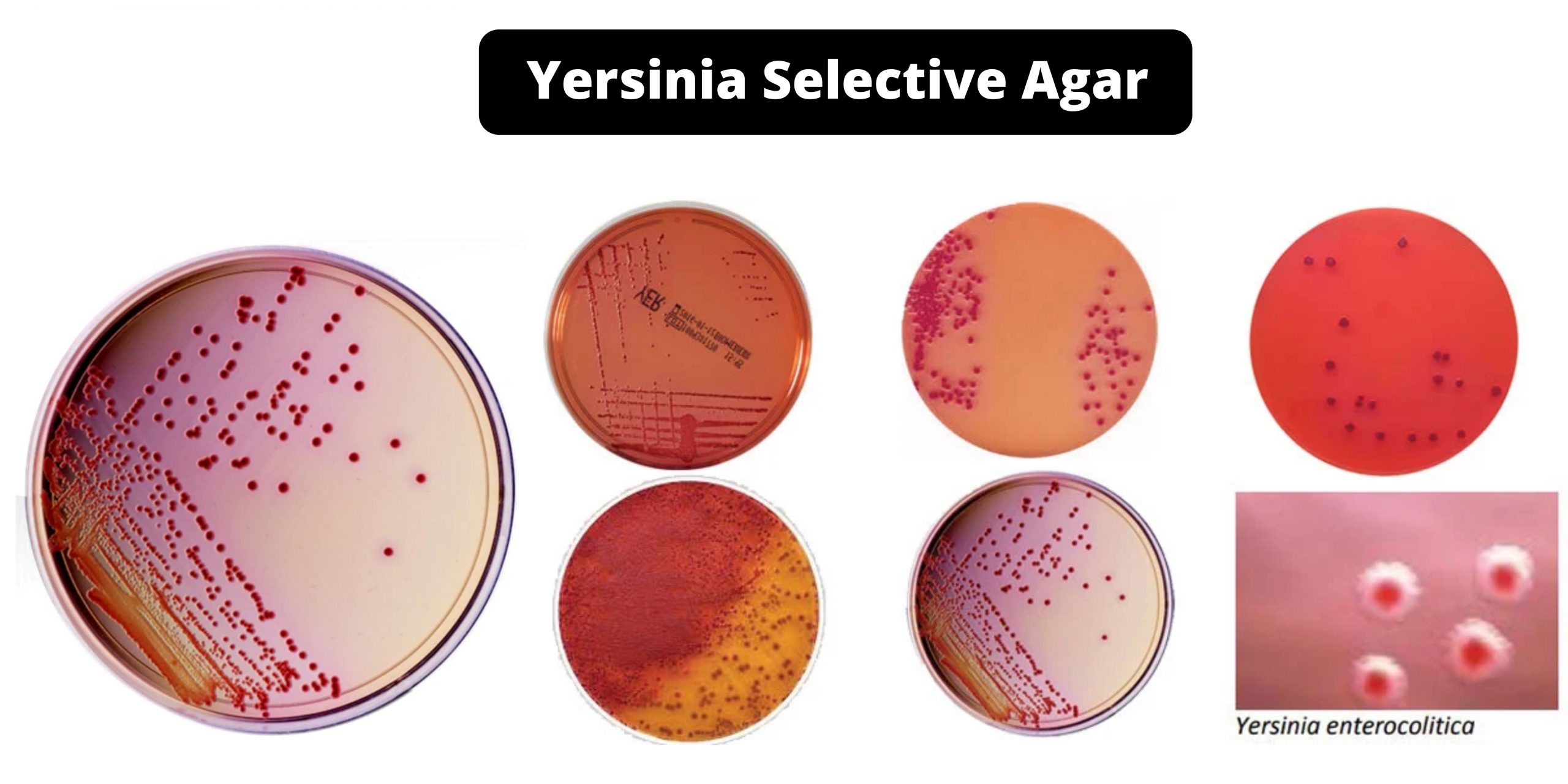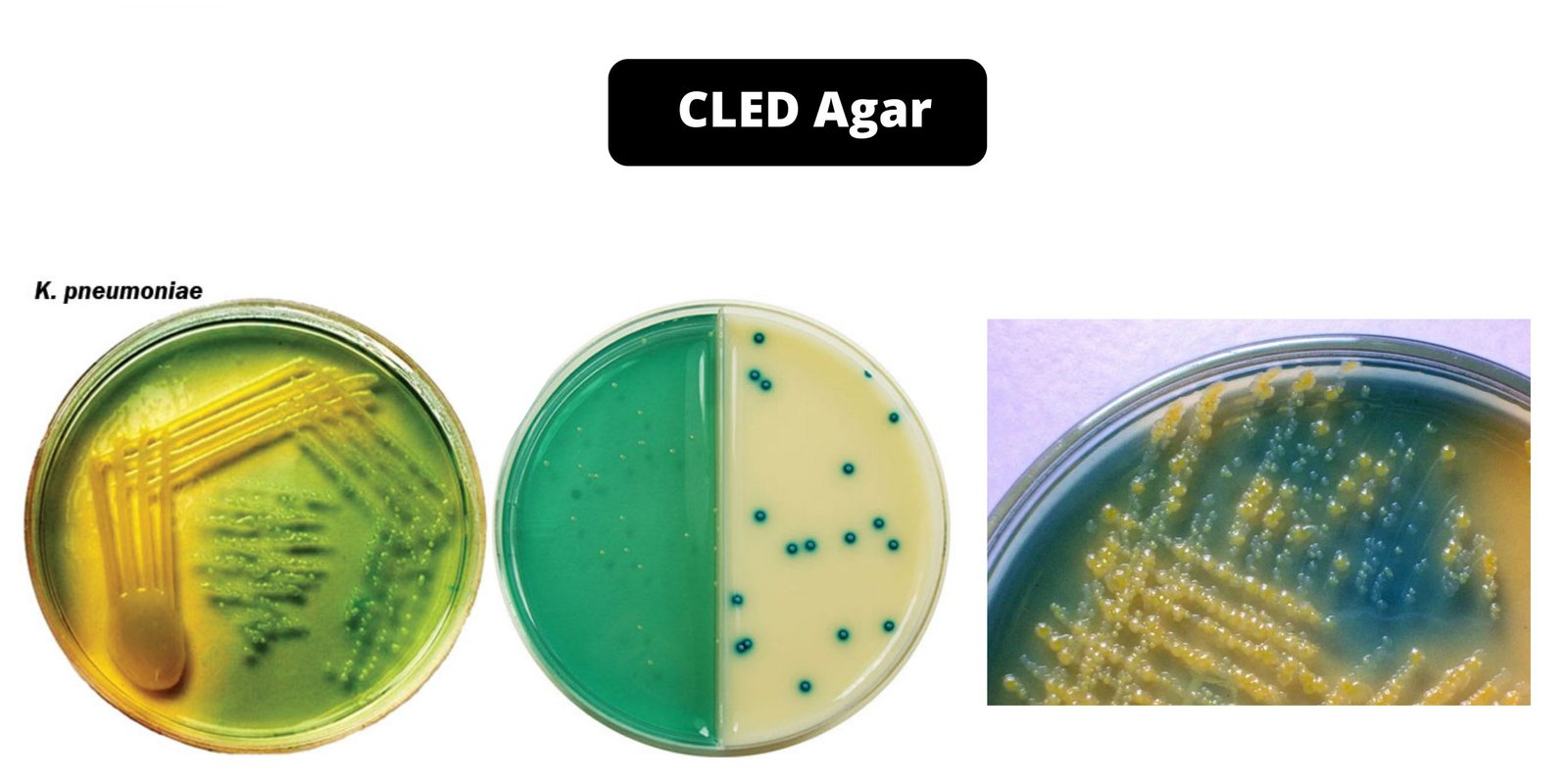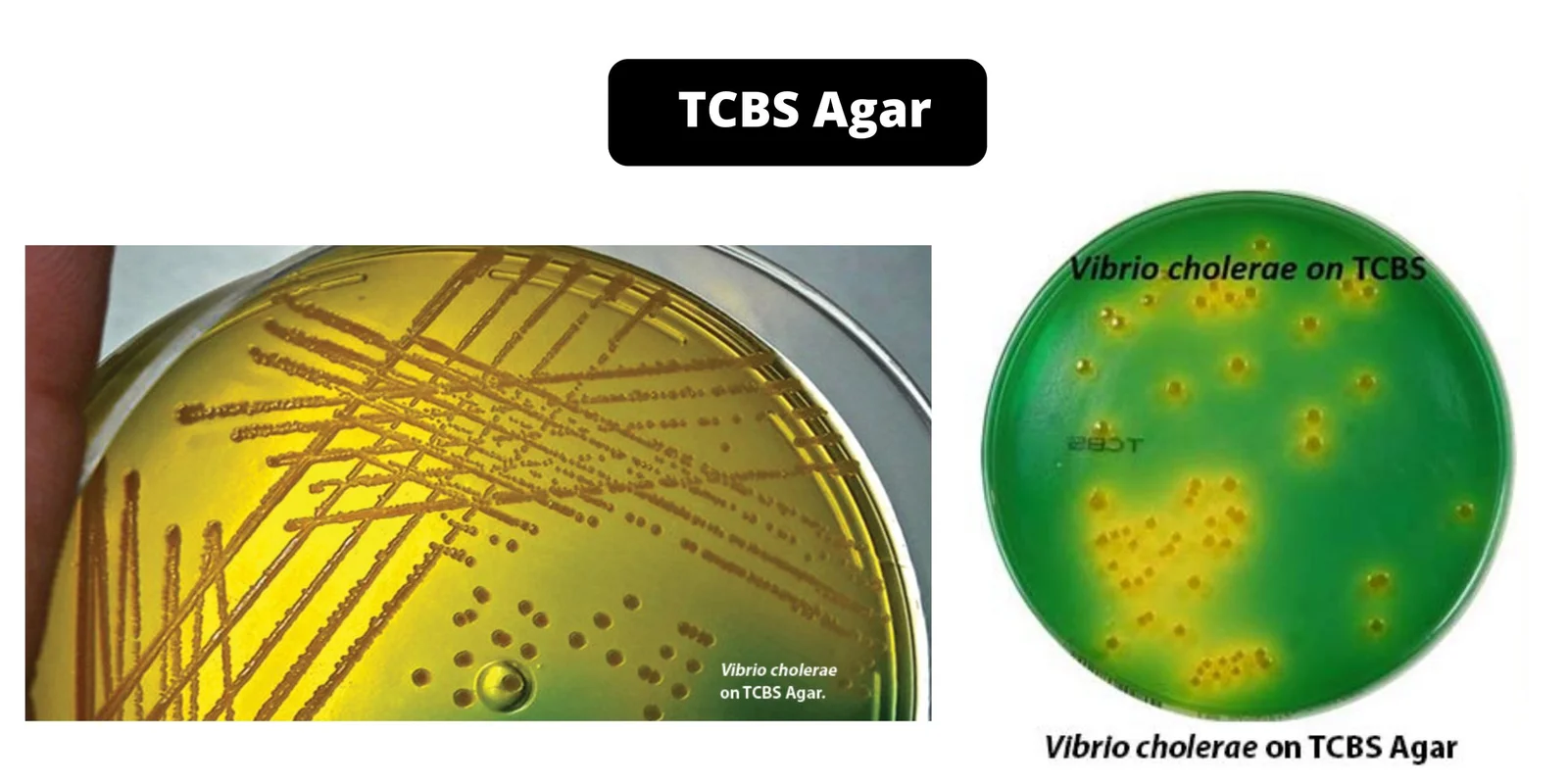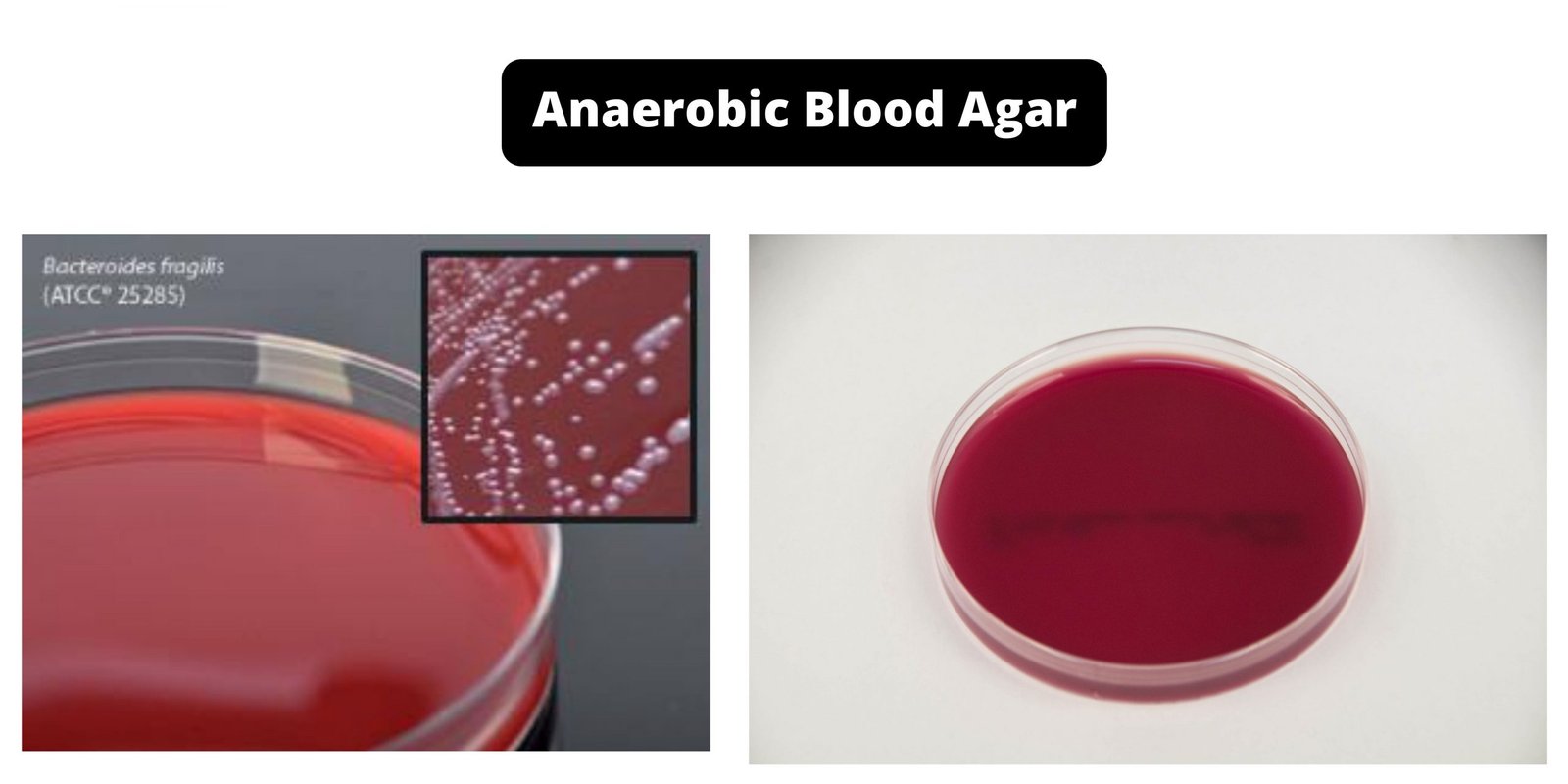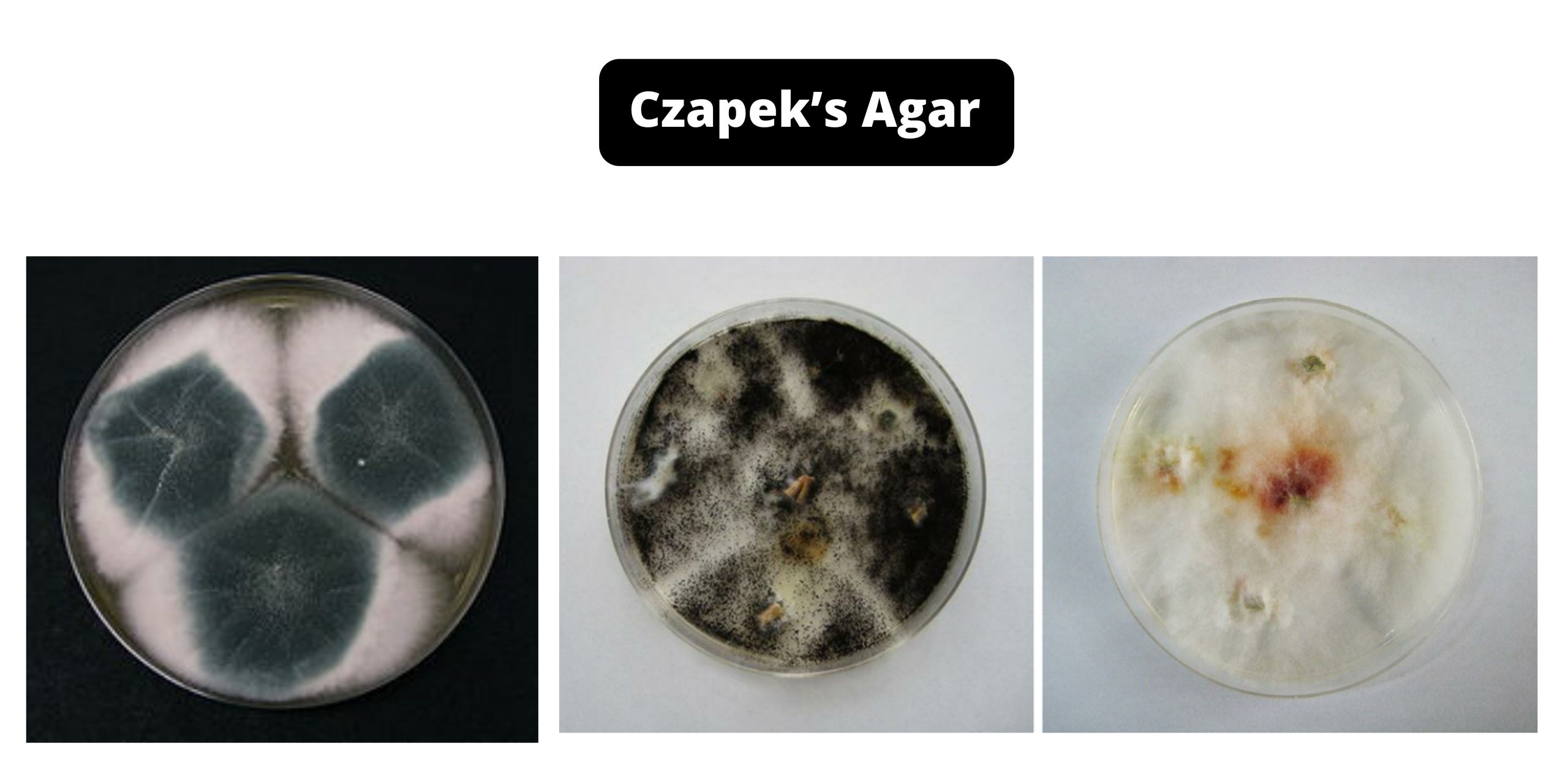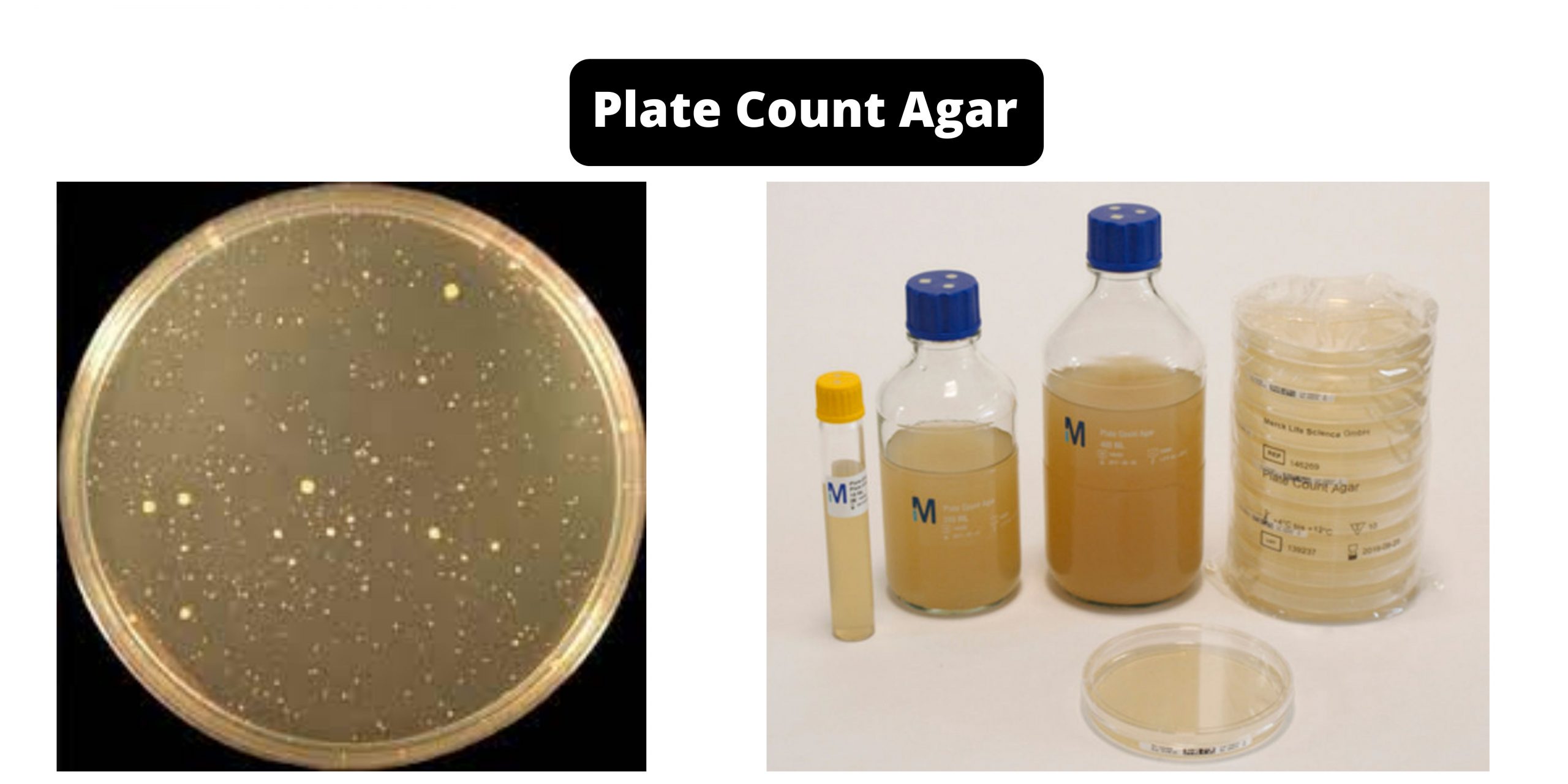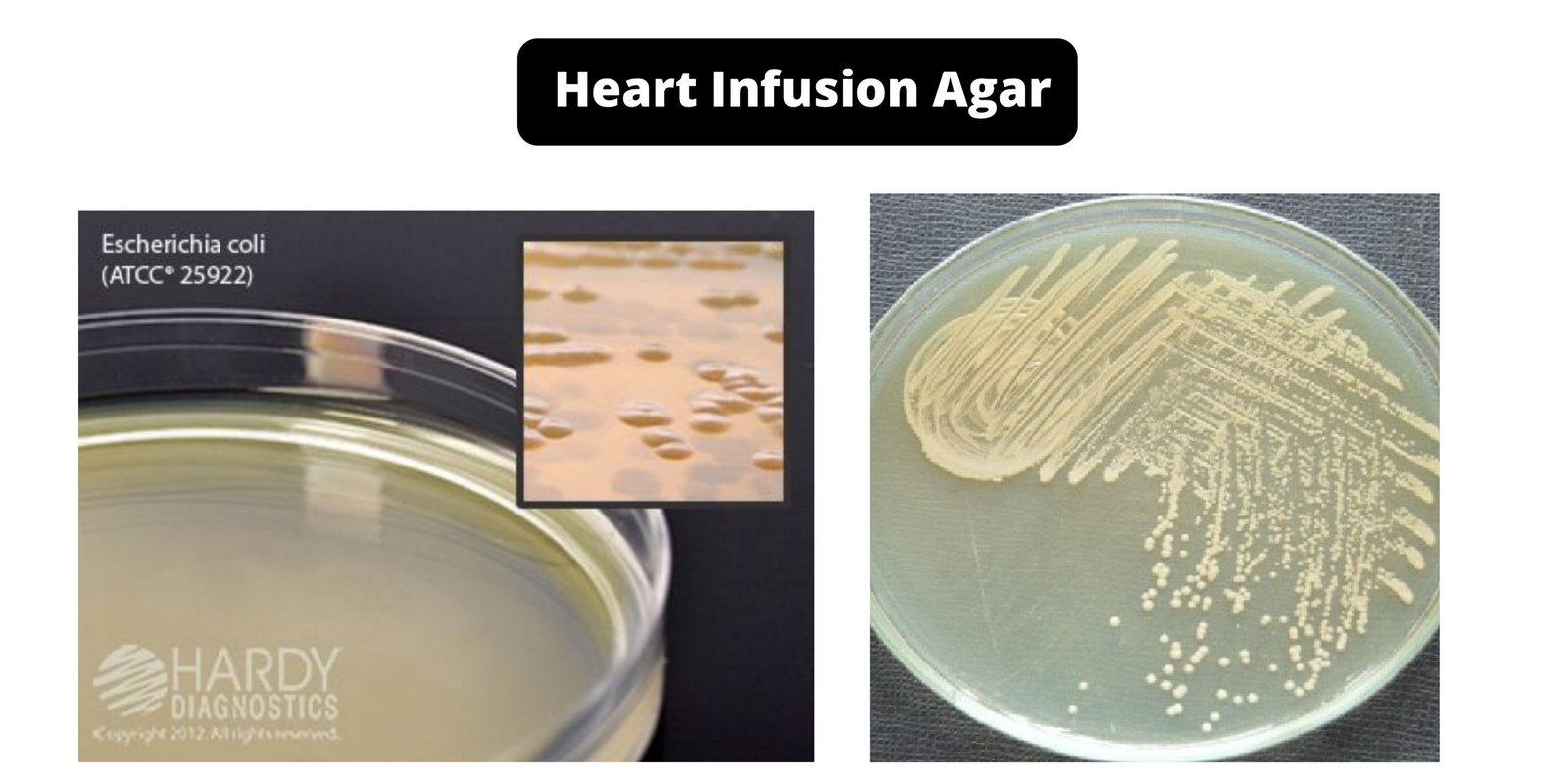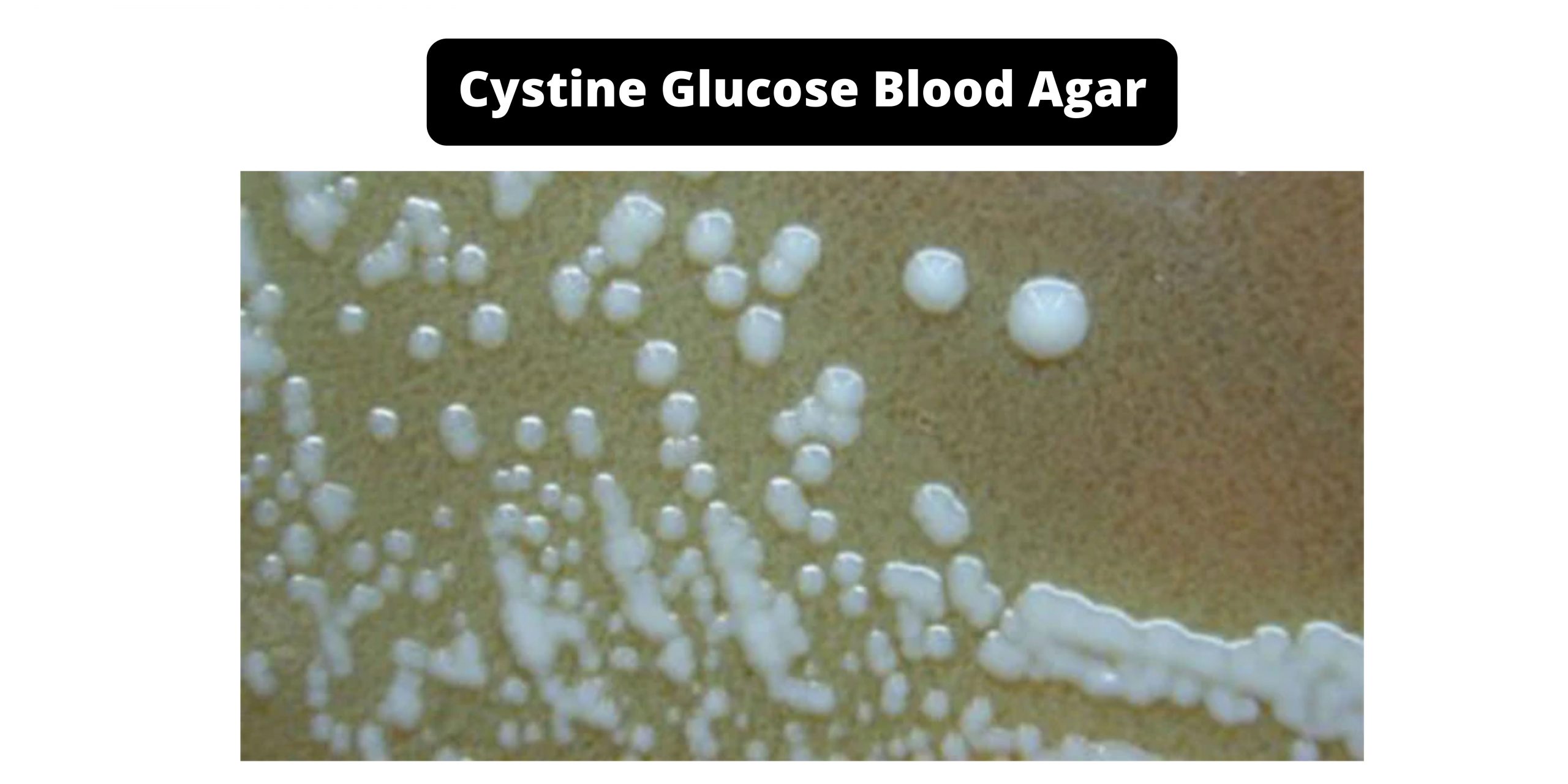Brilliant Green Agar – Composition, Principle, Preparation, Results, Uses
As a primary plating medium, Brilliant Green Agar medium should be used to isolate Salmonella species. Kristensen and colleagues first described it as a selective isolation medium to Salmonella species. Kristensen et al. first described it as a selective isolation medium for Salmonella species. Kauffmann modified the formula to make it a highly selective plating media for the isolation and identification from salmonellae in feces, other pathological material, food and dairy products. Brilliant Green Agar should always be used in conjunction with other selective plating media like Deoxycholate Citrate Agar and Hektoen Enteric Agar. Salmonella Typhi is treated with Bismuth Sulphite.
